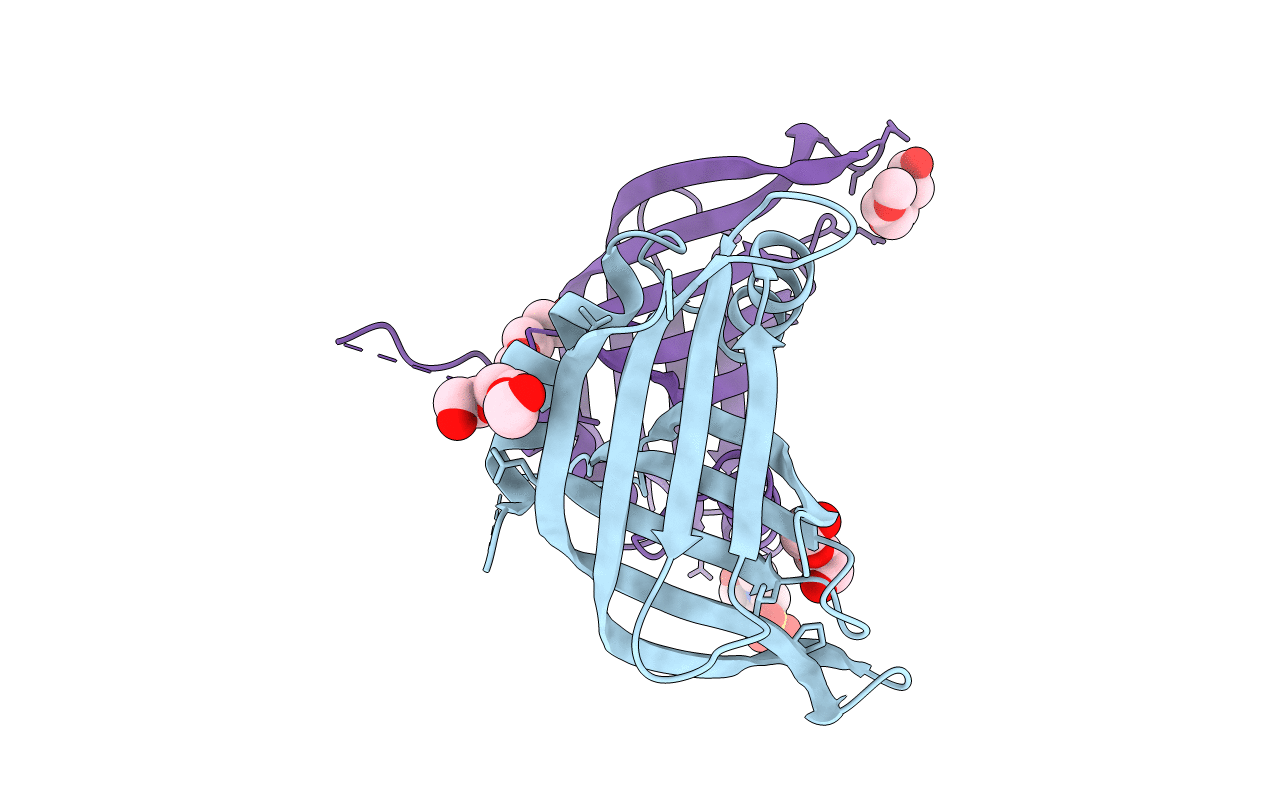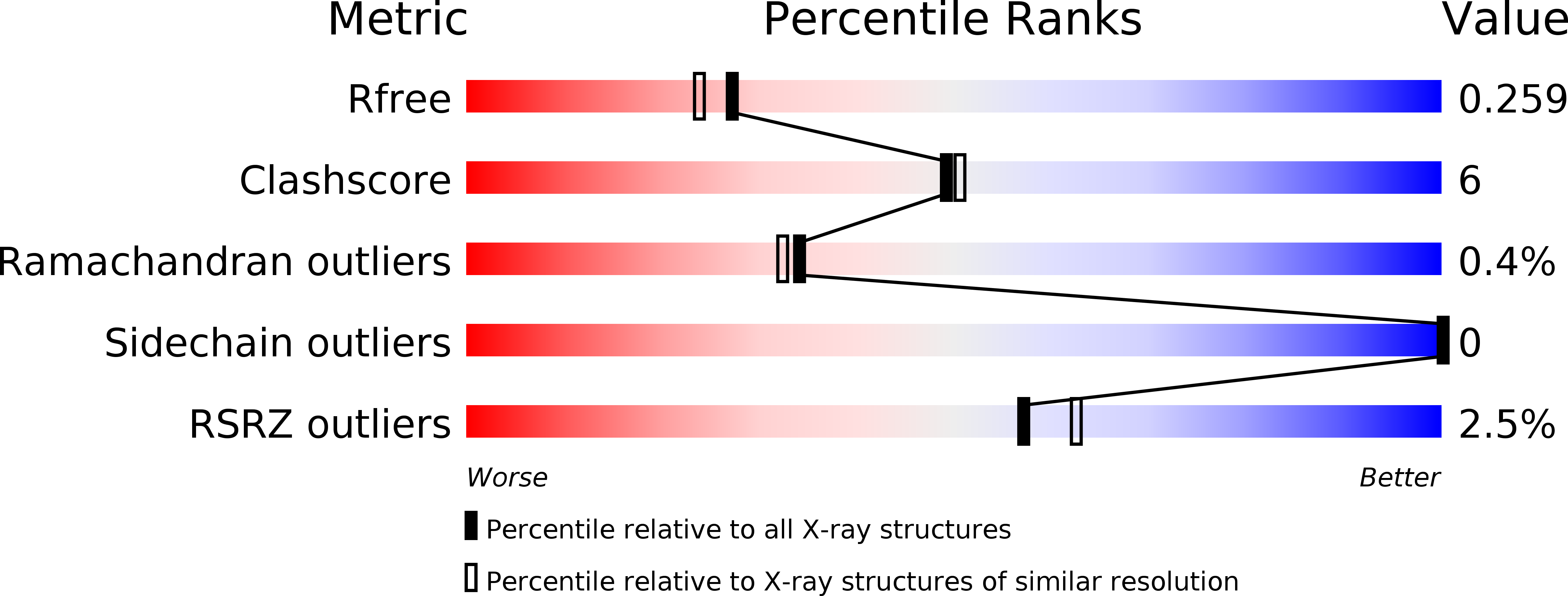
Deposition Date
2010-12-13
Release Date
2011-02-09
Last Version Date
2024-02-21
Entry Detail
PDB ID:
3PYI
Keywords:
Title:
Structure of the N-terminal domain of C. elegans SAS-6
Biological Source:
Source Organism:
Caenorhabditis elegans (Taxon ID: 6239)
Host Organism:
Method Details:
Experimental Method:
Resolution:
2.10 Å
R-Value Free:
0.25
R-Value Work:
0.21
R-Value Observed:
0.21
Space Group:
P 21 21 21


